Meningococcal Disease Background
Meningococcal disease is a severe, life-threatening illness that may manifest as meningitis, bacteremia, or bacteremic pneumonia. Even with antibiotic treatment, mortality due to invasive disease is 10-15%. Up to 20% of persons who become ill with invasive meningococcal disease may experience life-long disabilities, such as loss of limbs, deafness, cognitive deficits, and even brain damage. This illustrates the importance of tackling the disease head-on and preventing infection in the first place. In this article, we will breakdown some of the basics with meningococcal prophylaxis.
Causative Organism and Transmission
The causative organism of meningococcal disease is Neisseria meningitidis, a gram-negative aerobic bacteria. There are more than six different serogroups of N. meningitidis (A, B, C, W, X, and Y), but serogroups B, C, and Y are responsible for most cases of illness in the United States. The disease is spread via direct contact with an infected person’s large-droplet respiratory tract secretions.
Indications and Initiation For Prophylaxis
Meningococcal disease chemoprophylaxis is indicated for those who are considered “close contacts” of an infected person in the 7 days before symptom onset. This might include household members, roommates, childcare workers, or anyone with direct exposure to an infected person’s oral secretions through kissing, coughing, mouth-to-mouth resuscitation, and endotracheal intubation or other respiratory procedures. Chemoprophylaxis should be initiated as soon as possible but ideally within 24 hours of symptom onset in an infected person. If it has been greater than 14 days since symptom onset, there is limited benefit to administering chemoprophylaxis.
Chemoprophylaxis Options
The main goal of chemoprophylaxis is to eradicate N. meningitidis from the nasopharynx. The following table outlines the first-line and alternative antibiotic options for achieving this. Generally, the Centers for Disease Control and Prevention (CDC) recommends ciprofloxacin, ceftriaxone, or rifampin (great board exam question!) as first-line agents for meningococcal chemoprophylaxis. However, azithromycin may be used in areas with ciprofloxacin resistance but is NOT generally recommended in areas without this concern.
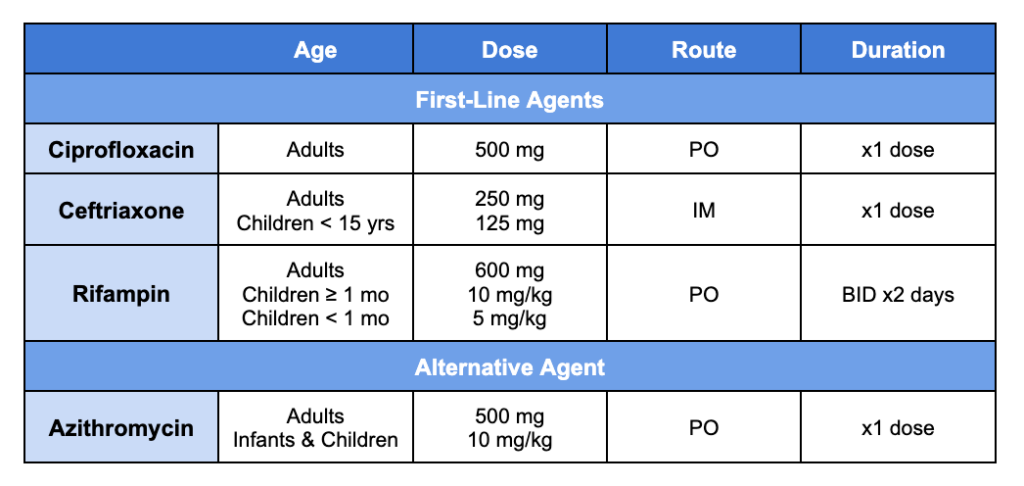
Antibiotic Resistance and Choice of Prophylaxis Agent
Despite a ~75% decrease in the incidence of meningococcal disease since 2011, the number of invasive meningococcal disease cases caused by ciprofloxacin-resistant strains of N. meningitidis has increased from an annual average of 1.25 cases between 2011-2018 to 9.5 cases between 2019-2021.

Figure obtained from Berry I, et al. MMWR Morb Mortal Wkly Rep. 2024;73:99–103.
In February 2024, the CDC issued new guidance regarding meningococcal disease chemoprophylaxis in areas with a high prevalence of ciprofloxacin-resistant strains. The CDC recommends that ceftriaxone, rifampin, or azithromycin be prescribed over ciprofloxacin when both of the following criteria are met in a catchment area during a rolling 12-month period:
| ≥ 2 invasive disease cases caused by ciprofloxacin-resistant strains have been reported |
| AND |
| Cases caused by ciprofloxacin-resistant strains account for ≥ 20% of all reported invasive meningococcal disease cases |
Meningococcal Prophylaxis Agents Comparison
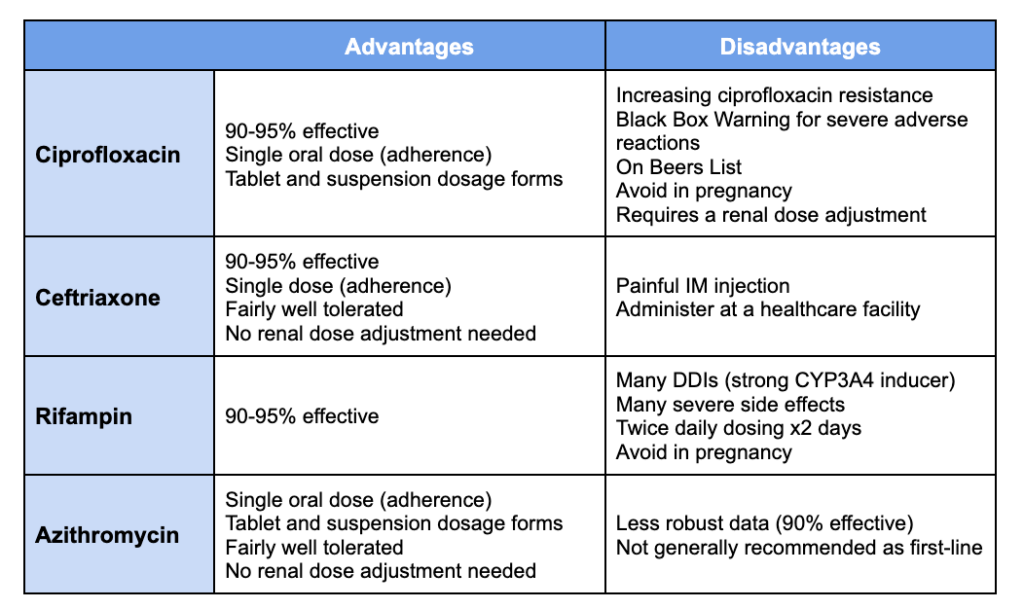
After considering the dosing regimens, adherence, acceptability, and contraindications for each agent, the CDC Expert Panel believes that azithromycin is logistically an important alternative to ciprofloxacin for meningococcal disease chemoprophylaxis in the setting of ciprofloxacin resistance.
Case Study – Meningococcal Prophylaxis
JJ is a 20-year-old college sophomore home visiting his mother during spring break vacation. About three days ago, JJ started to feel ill displaying a fever of 102.4 ºF, a headache, and a stiff neck. JJ’s mother decided to bring him to the hospital where he was diagnosed with meningococcal meningitis and initiated on appropriate antibiotic treatment.
Now that JJ is being cared for, what, if anything, should be done to prevent JJ’s mother from contracting meningococcal disease?
Given the limited information available from the case, any of the following would be a reasonable choice for chemoprophylaxis: ciprofloxacin, ceftriaxone, or rifampin. However, if ciprofloxacin resistance is a concern, ciprofloxacin would no longer be a viable option. Under these circumstances, it would be appropriate to prescribe ceftriaxone, rifampin, or azithromycin and allow the patient’s comorbid medical conditions, medication list, and preferences to guide this choice.
This article was written by Kaitlyn Nichols, PharmD, Candidate in collaboration with Eric Christianson, PharmD, BCPS, BCGP
- 30 medication mistakes PDF
- 18+ Page Drug Interaction PDF
- 10 Commandments of Polypharmacy Webinar based on my experiences in clinical practice
Popular Amazon Books
References:
- Berry I, Rubis AB, Howie RL, et al. Selection of antibiotics as prophylaxis for close contacts of patients with meningococcal disease in areas with ciprofloxacin resistance — United States, 2024. MMWR Morb Mortal Wkly Rep. 2024;73:99–103.
- Bilukha OO, Rosenstein N; National Center for Infectious Diseases, Centers for Disease Control and Prevention (CDC). Prevention and control of meningococcal disease. Recommendations of the Advisory Committee on Immunization Practices (ACIP). MMWR Recomm Rep. 2005;54(RR-7):1-21.
- McNamara LA, Blain A; National Center for Immunization and Respiratory Diseases (U.S.). Chapter 8: Meningococcal disease In: Manual for the surveillance of vaccine-preventable diseases, Roush SW, Baldy LM (Eds). Last reviewed January 5, 2022. Accessed April 22, 2024.





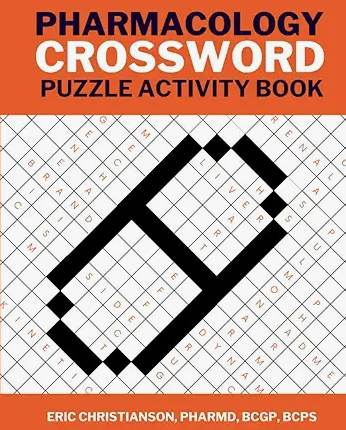
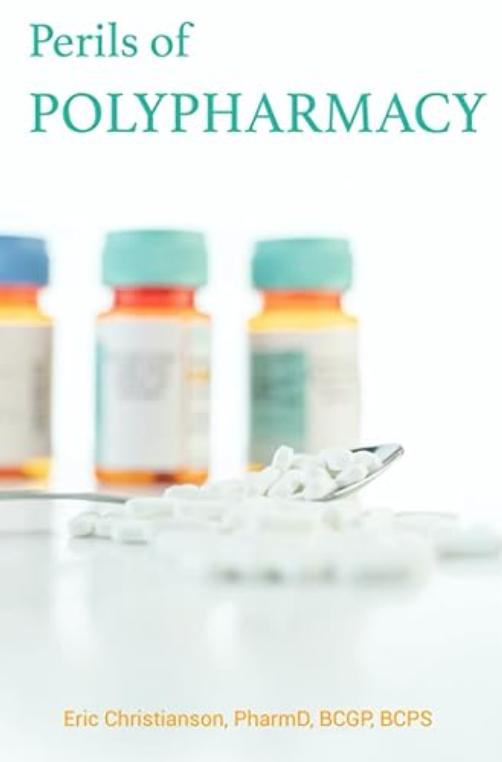
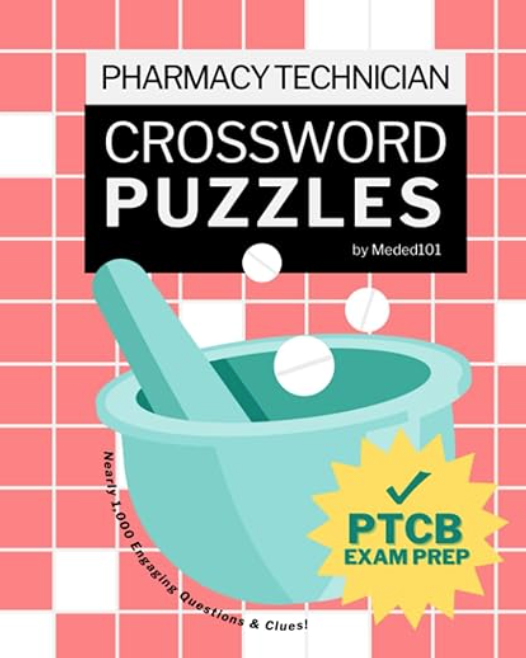

0 Comments